
Why High-Quality Laboratory Furniture Is a Smart Investment for Long-Term Savings
Ready to invest in high-quality laboratory furniture to boost safety, cut long-term costs, and enhance efficiency? Discover why quality matters for your lab’s success.
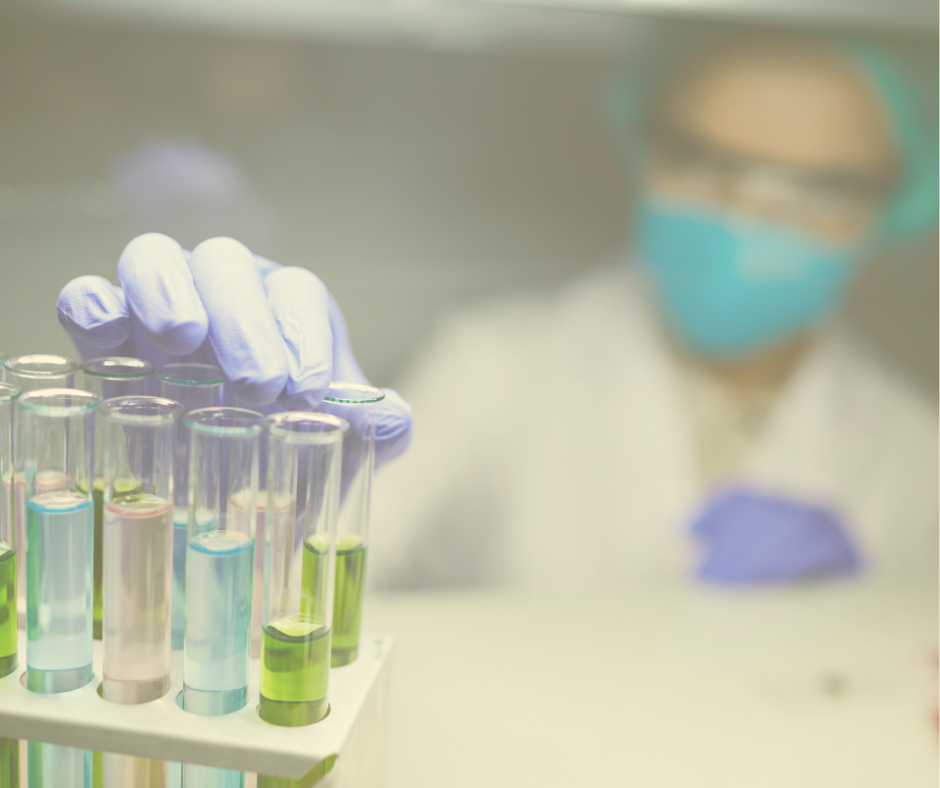
Do Ductless Fume Hoods Provide Adequate Protection?
Ductless fume hoods can offer safe protection—but only for specific uses. Learn when they’re effective, their limitations, and how to choose the right hood for your lab.
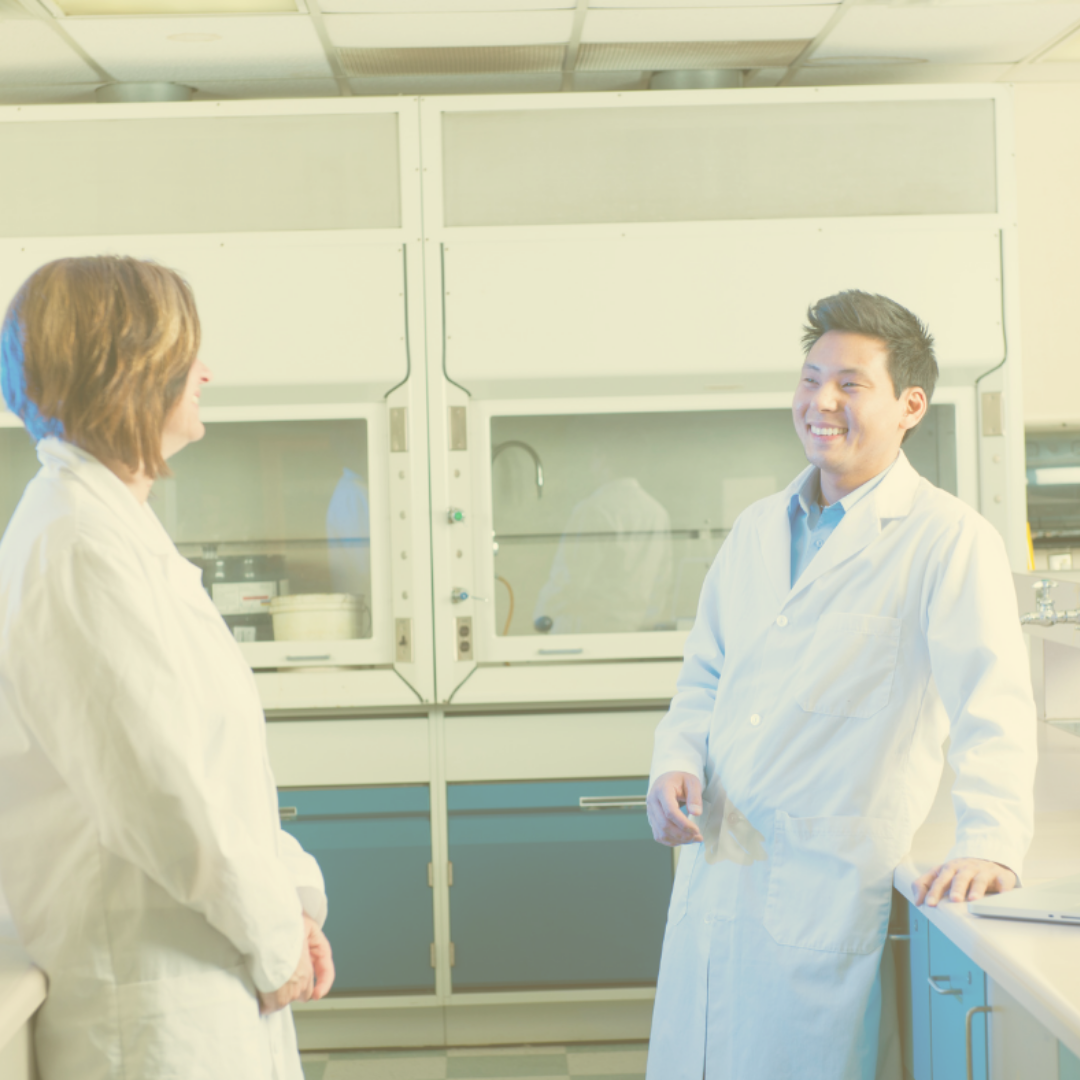
Invisible Hazards: How User Behavior Impacts Fume Hood Performance
User behavior causes 1 in 4 fume hood failures. Learn how small actions—like sash height and airflow blockages—can make or break lab safety.
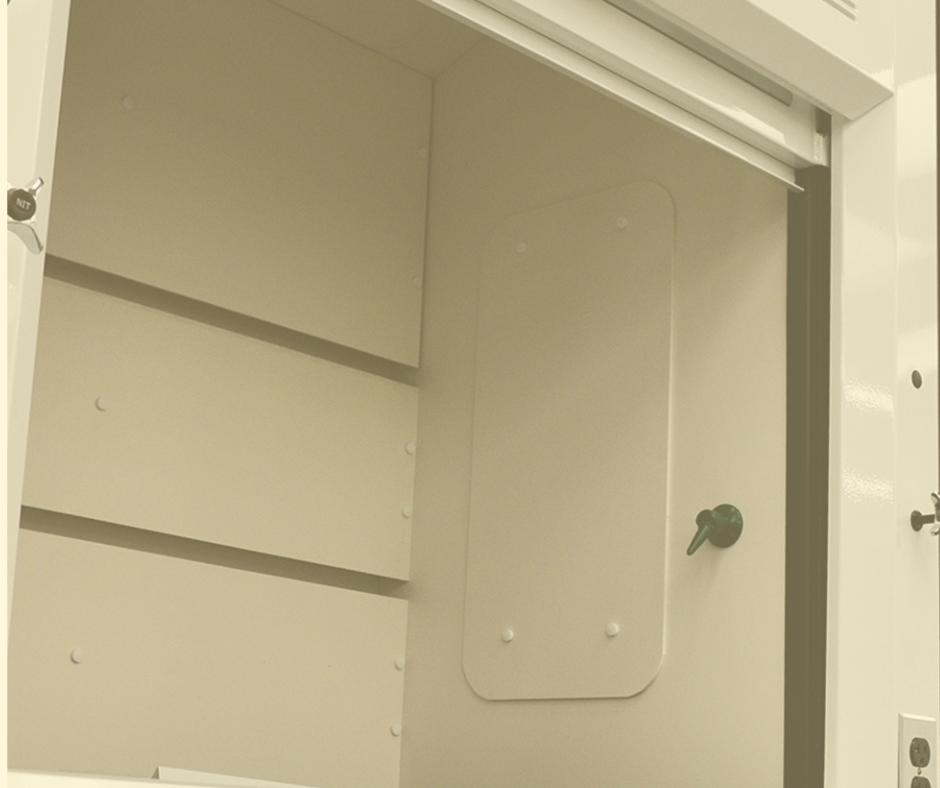
Auxiliary Air vs. Conventional Fume Hoods: Which Is Safer and More Efficient?
Auxiliary air fume hoods may promise energy savings but often compromise safety and comfort. Explore smarter, safer alternatives for your lab’s ventilation needs.

Modern Laboratory Design Tips: Create a Cutting-Edge Workspace
A new laboratory is normally a once-in-a-lifetime occurrence and a rare opportunity to set the stage for new ideas and collaborations. If you find yourself in this situation, here are some essential tips to keep in mind while designing a modern laboratory.
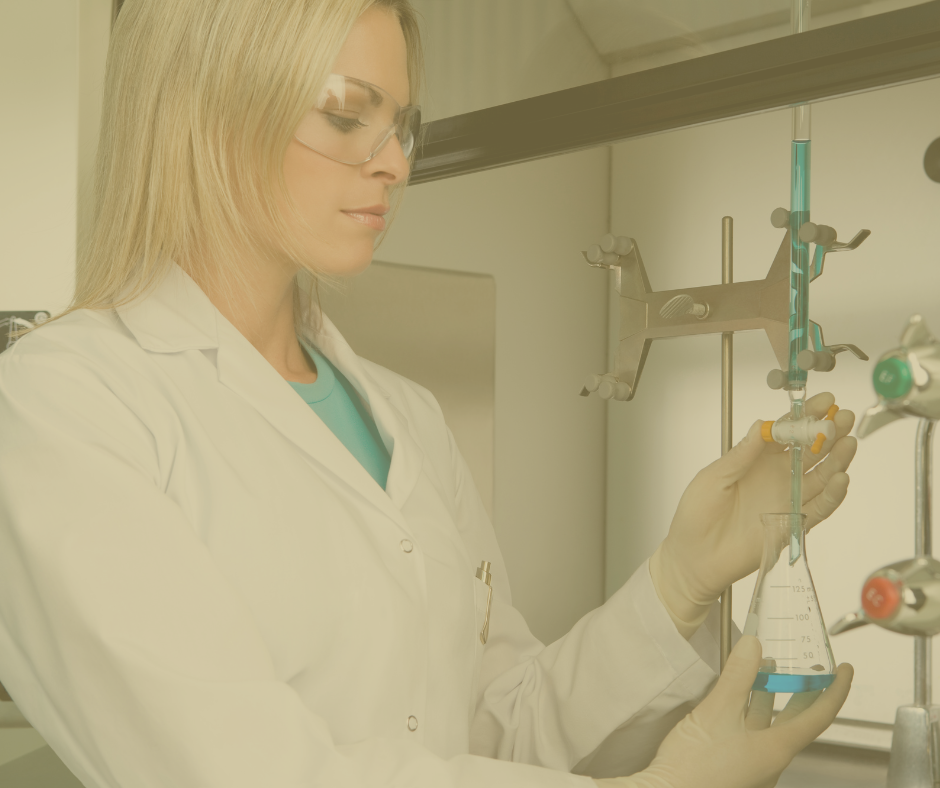
Top Fume Hood Accessories for a Safe and Efficient Laboratory
If you want to enhance your laboratory workspace, ensuring not only safety but also efficiency and advancement, it’s time to explore the variety of accessories that can increase the functionality of fume hoods.
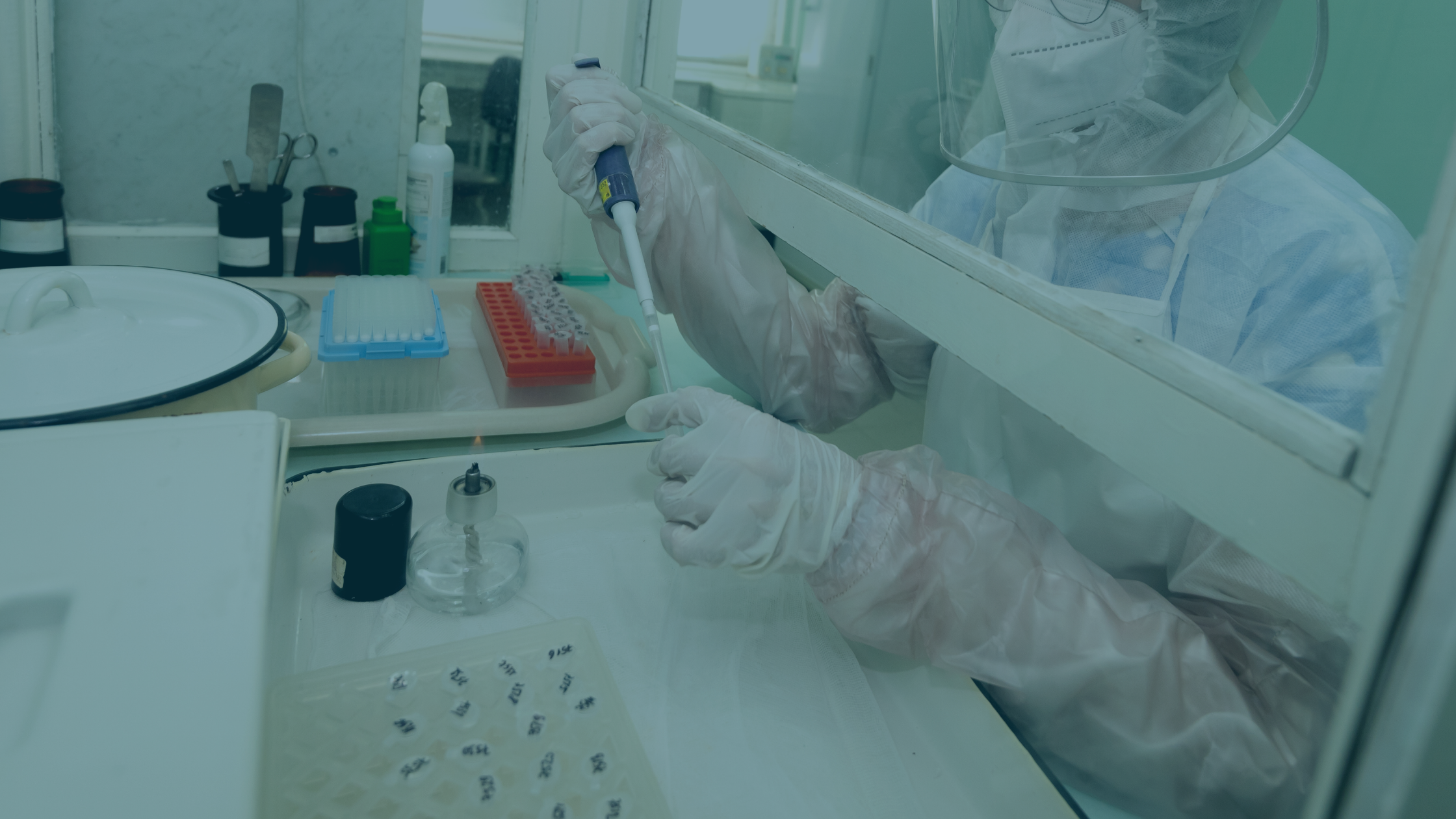
Common Problems with Fume Hoods in Laboratories
Fume hoods are indispensable tools in laboratories, designed to protect researchers and scientists from exposure to hazardous chemicals and fumes. These essential devices provide a controlled environment where experiments and chemical processes can be conducted safely.
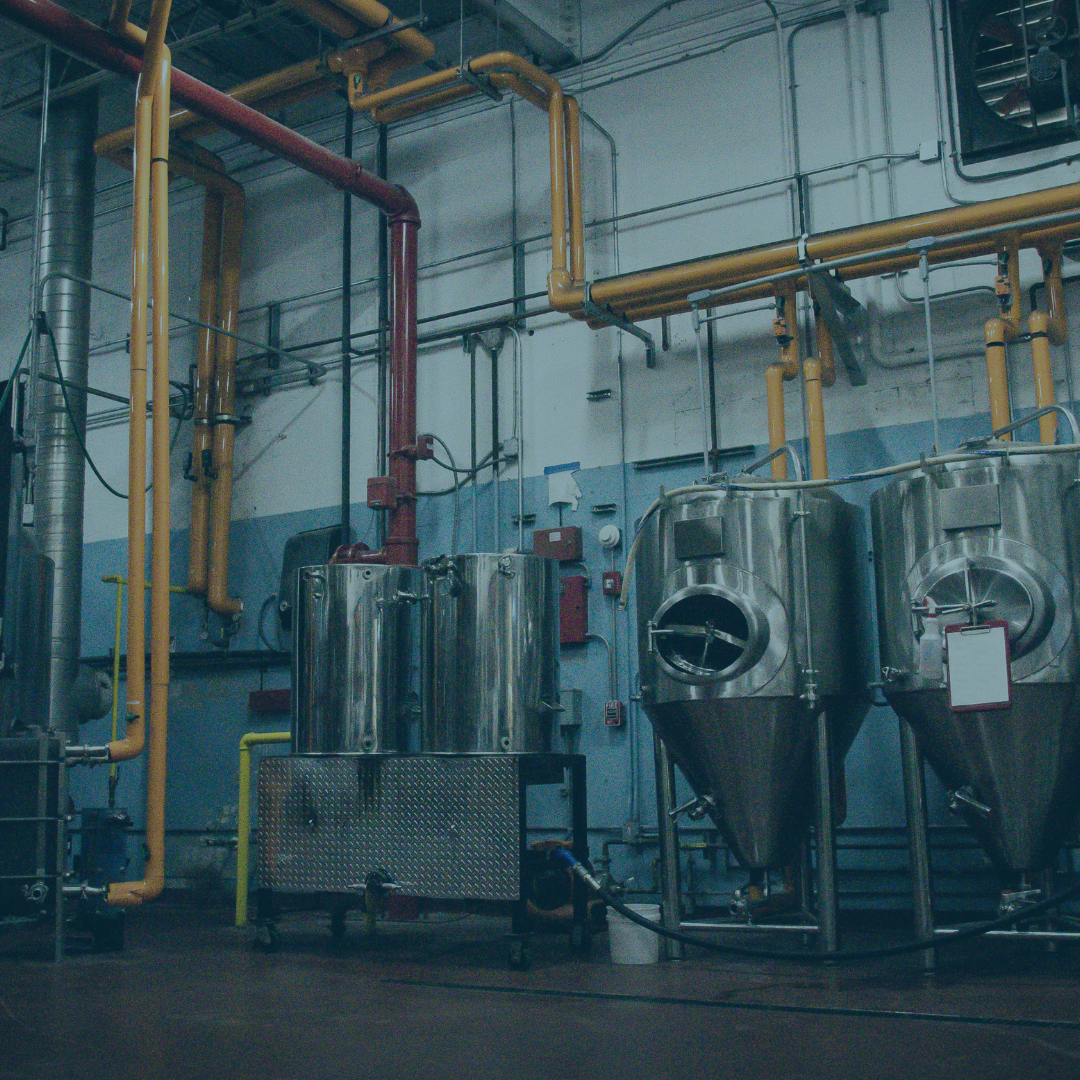
The Importance of Fume Hoods in Breweries
Breweries often deal with hazardous substances, such as volatile organic compounds (VOCs) and noxious gases, during the fermentation and brewing process. To safeguard both workers and the integrity of the brews, fume hoods equipped with laminar technology have become essential equipment.
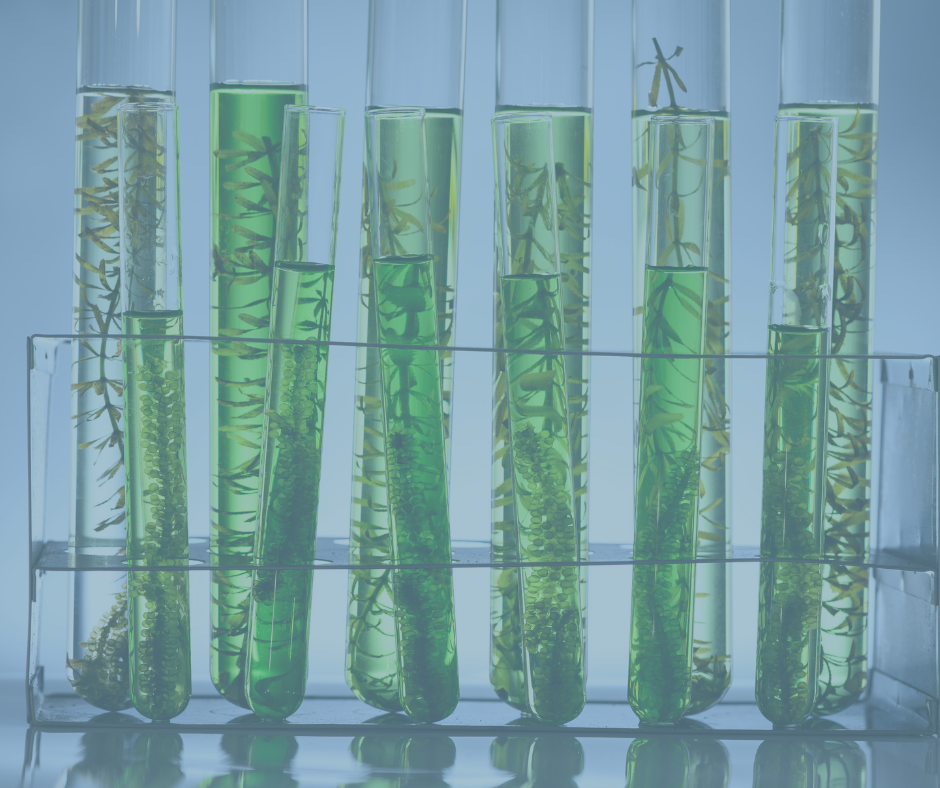
Energy-Efficient Fume Hood Options for Green Laboratories: Enhancing Safety and Sustainability
With a growing emphasis on sustainability and environmental responsibility in laboratory practices, laboratories have been aiming to reduce their ecological footprint while maintaining safety standards. One crucial area that requires attention is the selection and utilization of fume hoods.

Airflow Management for Laboratories: Navigating the Currents of Scientific Excellence
By implementing proper airflow control, labs can effectively reduce contamination risks, safeguarding the purity of sensitive experiments and upholding the integrity of research outcomes.

Noise Reduction Techniques for Laboratory Fume Hoods
Laboratory fume hoods are crucial for maintaining a safe and controlled environment in scientific research facilities. However, the noise generated by fume hoods can often disrupt concentration, hinder communication, and affect the overall well-being of laboratory personnel.

Enhancing Laboratory Safety: The Crucial Role of Fume Hoods in Protecting Worker Health
Fume hoods play a big part in keeping lab personnel safe from the health effects and dangers associated with lab work. But it’s also important to know the signs of chemical exposure and the preventive measures that can be used alongside fume hoods.

